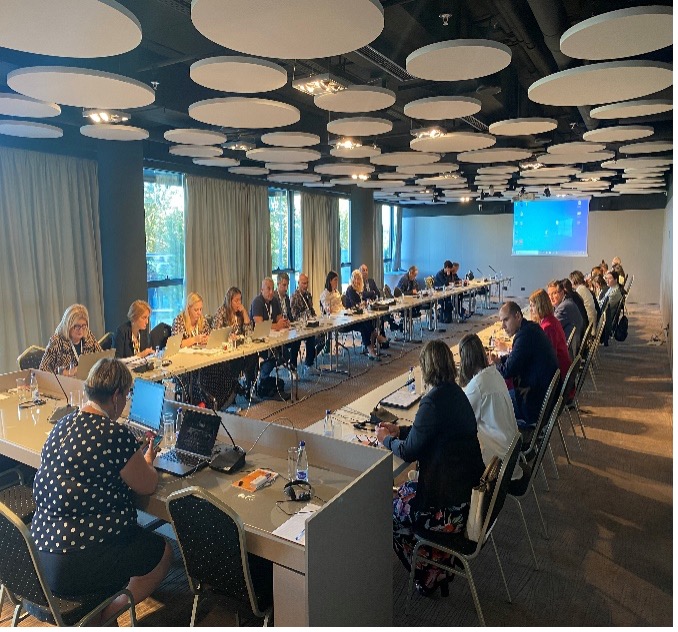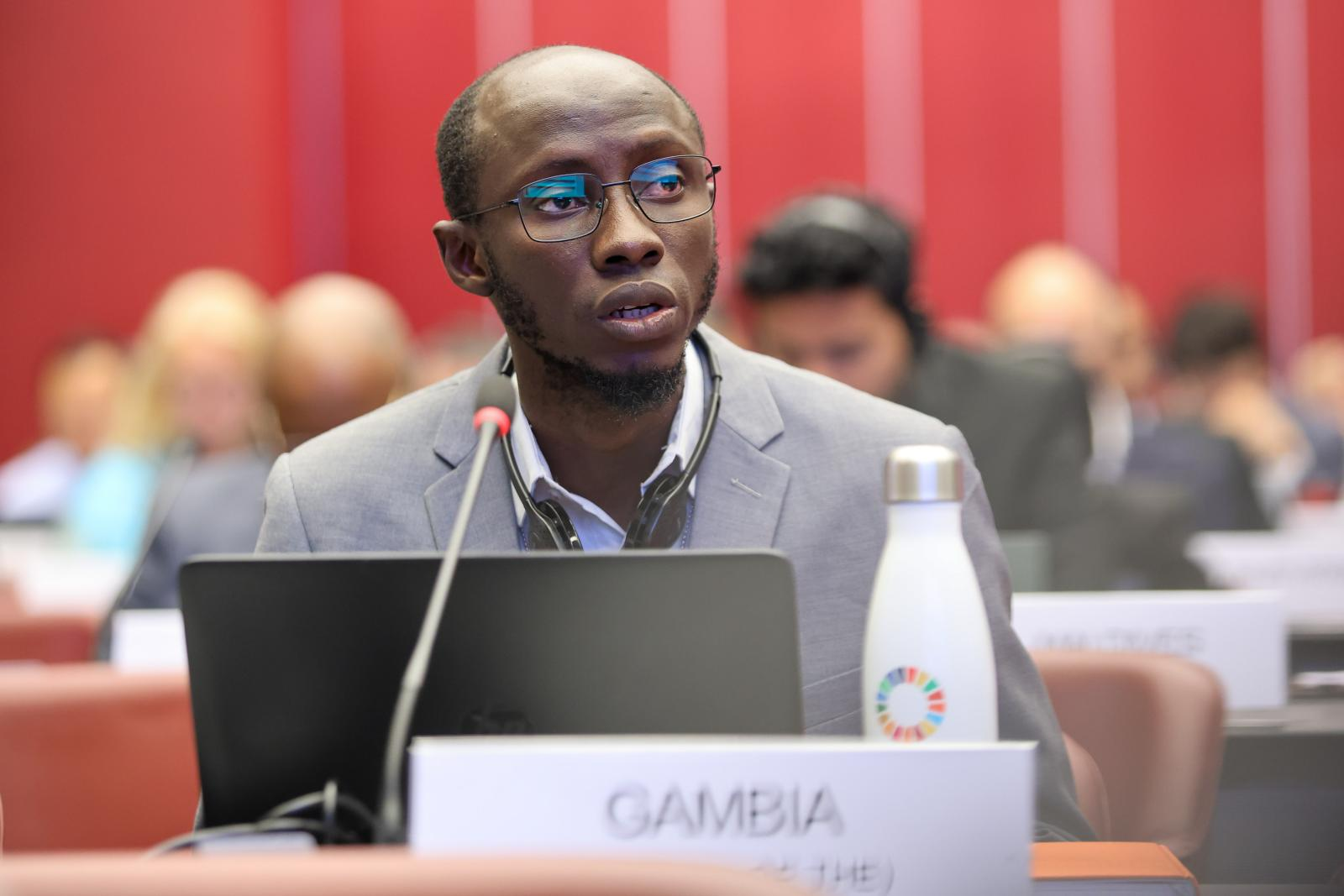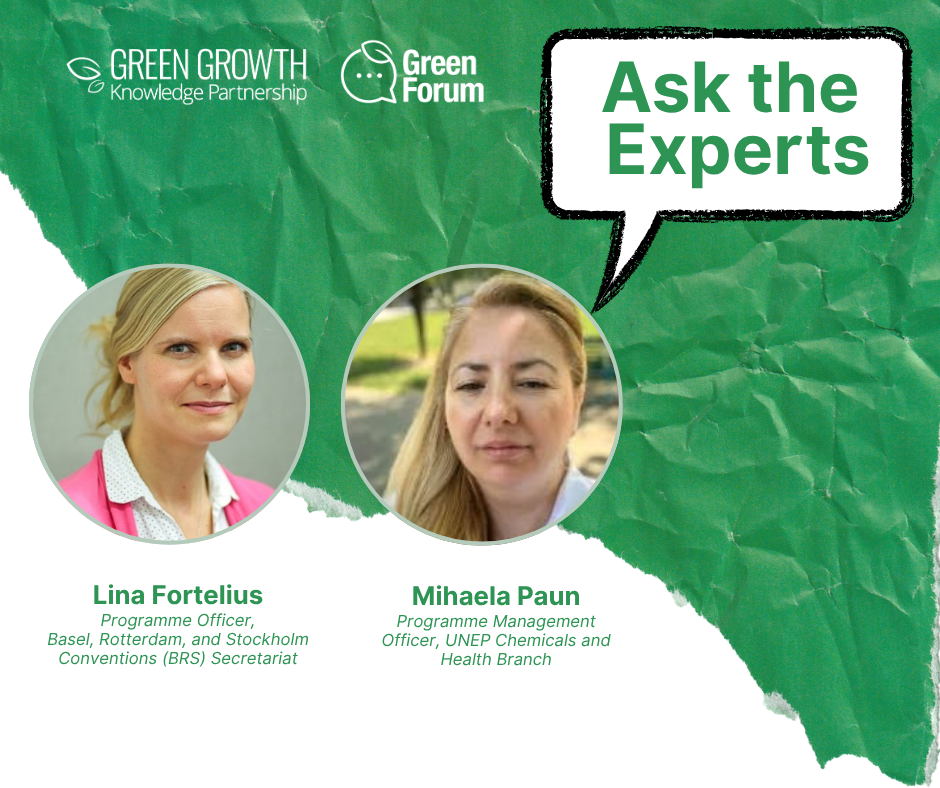This blog post was developed summarising the intervention of Montenegro on the Global Green Growth Knowledge Partnership (GGKP) roundtable Inside the POPs Inventory: Lessons, Challenges and Successes from the Global NIP Update held on 14 April 2025.
Montenegro’s journey to inventory and manage persistent organic pollutants (POPs) is shaped by both the constraints and the strengths of a small country. It has faced obstacles with limited human resources, but longstanding and close collaboration among experts from different sectors has proven to be a significant advantage. This cooperative spirit has enabled faster and more efficient information exchange, which is vital for effective POPs inventory implementation.
Stakeholder cooperation and data collection
The POPs inventory process in Montenegro brings together a range of stakeholders including relevant Ministries, Basel Convention focal point, Customs administration and national statistics office (Monstat). Montenegro is predominantly an importing country with very limited domestic production of POPs chemicals. Polybrominated diphenyl ethers (PBDEs) are mainly associated with the electrical and electronic equipment (EEE) and transport sectors, while hexabromocyclododecane (HBCD) is primarily a concern for the construction sector.
A key challenge in developing the PBDE inventory was the lack of registers such as CRT device use. This is an issue that consistently escapes the attention of the statistical administration, along with the lack of end-of-life data for electronic equipment and vehicles. Following international guidelines, Montenegro addressed these problems by conducting a household survey on CRT monitors and compiling an inventory for smaller electric and electronic devices.
“Thanks to Customs administration data, we were also able to compile an inventory for smaller electric and electronic device. We covered almost all of this list of equipment, which is notable improvement compared to the previous inventory that we included estimation of liquid crystal display (LCD) equipment.”
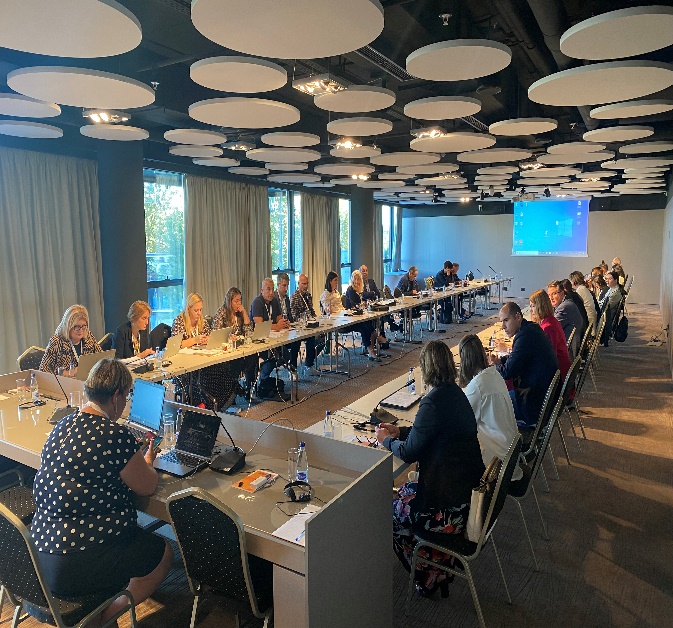
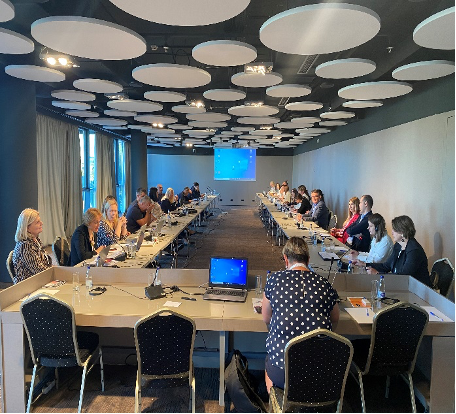
National inception workshop in Montenegro with all significant stakeholder, Podgorica (October 2023)
E-Waste and the RAE population
Electronic waste (e-waste) management presents its own set of challenges. Discrepancies between data from different sources, such as the statistical administration and the state-based management plan, posed additional challenges with quantities sometimes differing by as much as a factor of ten. To ensure a precautionary approach, Montenegro usually uses the worst-case scenario data for its inventories.
The RAE (Roma, Ashkali, Egyptian) population in Montenegro is notably active in informal disassembly, recycling and handling of electronic products. This exposes individuals not only to POPs but also to other hazardous substances, creating the potential for synergistic effects with other chemicals and metals. Recognising the risks, Montenegro is planning a dedicated workshop to educate the RAE community about the dangers of POPs and safer practices for handling e-waste.
Calculation for HBCD in waste
For HBCD, Montenegro faces a lack of comprehensive management for products that are no longer in use. Selected construction waste materials such as concrete, bricks and mortar are disposed at the designated location. While the rest including polystyrene insulation materials are disposed of together with municipal waste.
Montenegro calculated the amount of HBCD in waste using literature data:
?????? ????? = 0,01 × ? × 0,125 × 0,01
? : total quantity of construction waste materials
- The fraction of insulation material in the total amount of construction waste is 1%.
- Analysis of import data in Montenegro revealed that eight types of expanded polystyrene granules were imported by a single business entity between 2017 and 2023. All types of imported granules were represented in approximately equal quantities, with each type representing about 12.5% of the total.
- Only one of these granules had HBCD declared in the safety data sheet at a concentration of 0.1-1% m/m.
Thus, approximately 12.5% (51 tonnes out of 407.6 tonnes) of the imported granules contained HBCD, amounting to 0.51–5.1 tonnes of HBCD in total.
Awareness and safer alternatives
For safer POPs management in Montenegro, it is necessary to implement an intensive awareness campaign and provide training on the risks of HBCD and safer alternatives, especially for industry. Establishing clearer and safer guidelines for the disposal of materials containing HBCD is also a priority, with the aim of preventing the release of HBCD into the environment through improved waste management practices.
Montenegro’s experience demonstrates that even with limited resources, a collaborative and pragmatic approach can yield meaningful progress in POPs management. It is paving the way for safer handling of POPs and a healthier environment for all by continuing efforts to raise awareness on POPs, improve data reliability and strengthen guidelines.
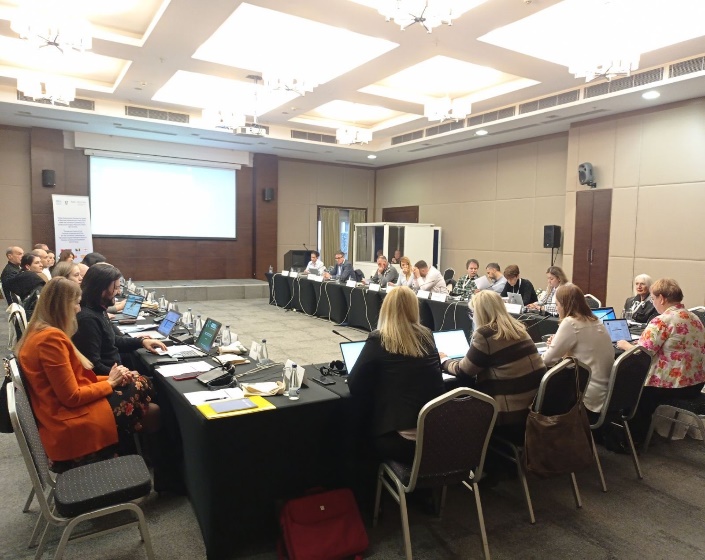
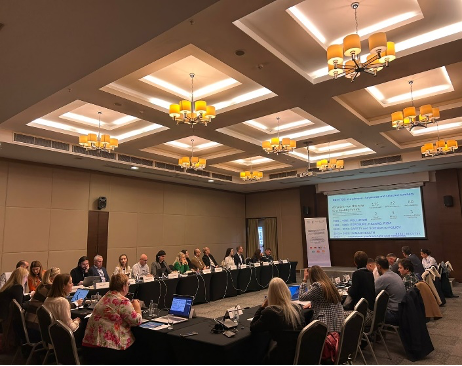
Inventory validation meeting in Montenegro, Podgorica (December 2024)
This blog post was developed drawing on insights from the Global Green Growth Knowledge Partnership (GGKP) roundtable “Inside the POPs Inventory: Lessons, Challenges and Successes from the Global NIP Update” held on 14 April 2025. As part of the Global NIP Update project (GEF ID 10785), funded by the Global Environment Facility (GEF) and led by UNEP, this roundtable brought together nine countries currently engaged in reviewing and updating their National Implementation Plans (NIPs) under the Stockholm Convention to foster peer learning on the development of POPs inventories.
To learn more about the Global NIP Update project, visit Global NIP Update | Green Policy Platform
For a deeper dive into the GGKP roundtable on POPs inventory, you can access the full recordings and materials here: Inside the POPs Inventory: Lessons, Challenges and Successes from the Global NIP Update
